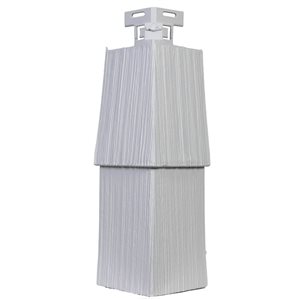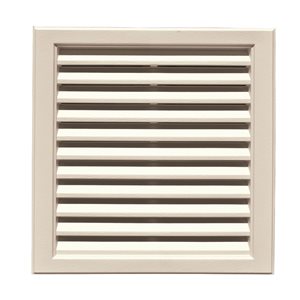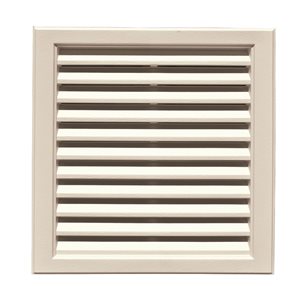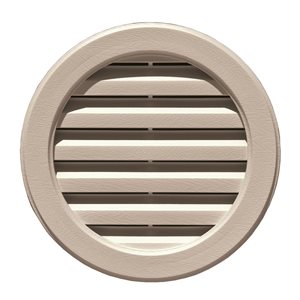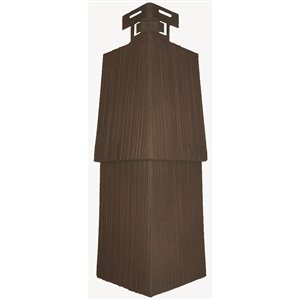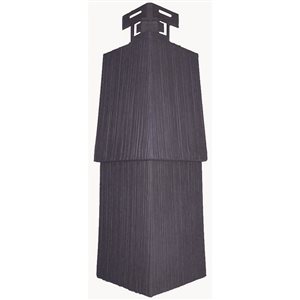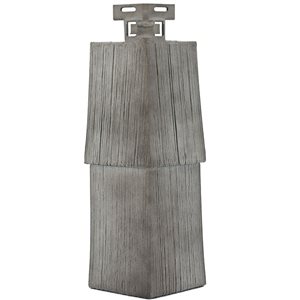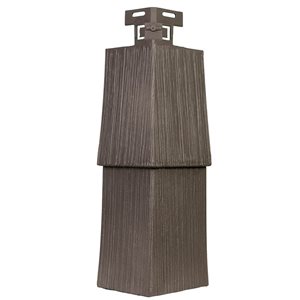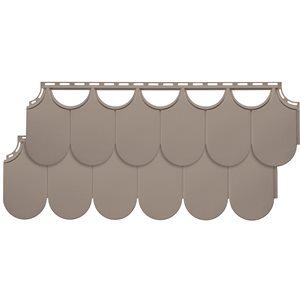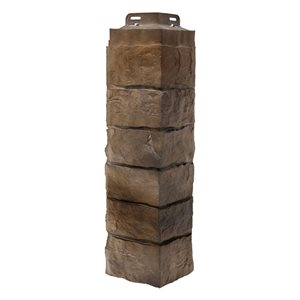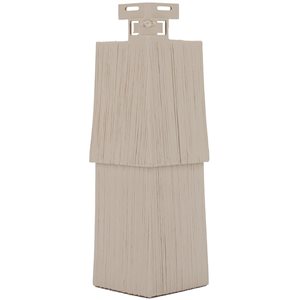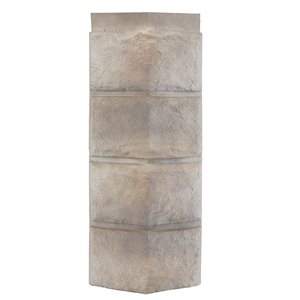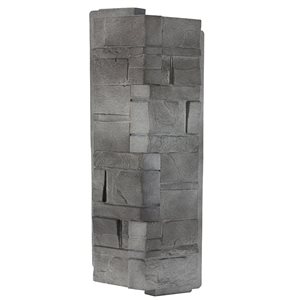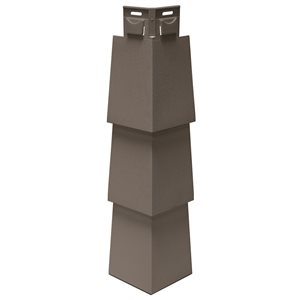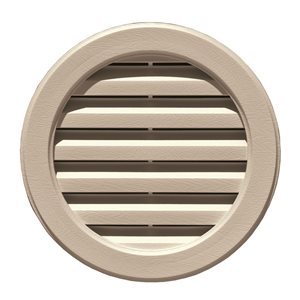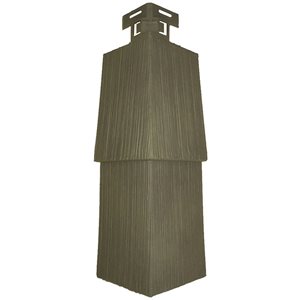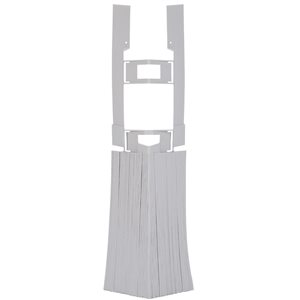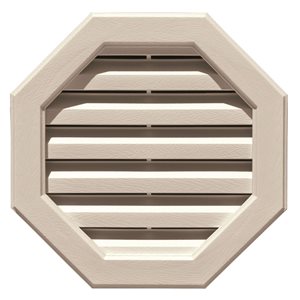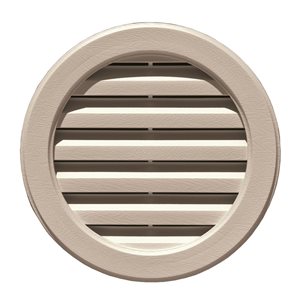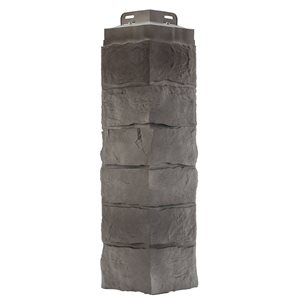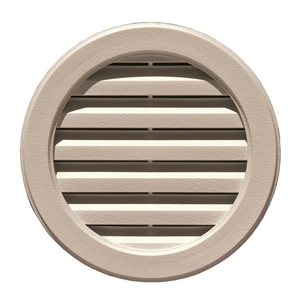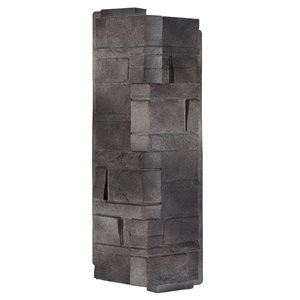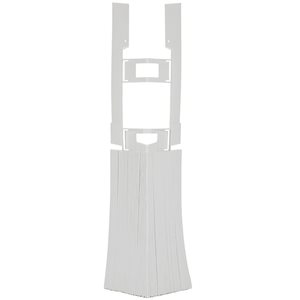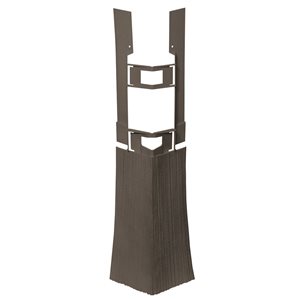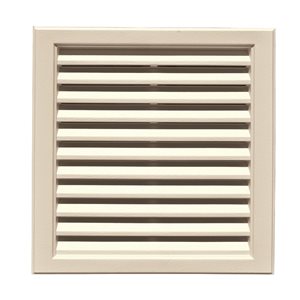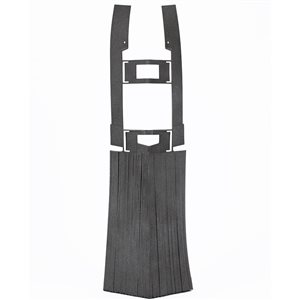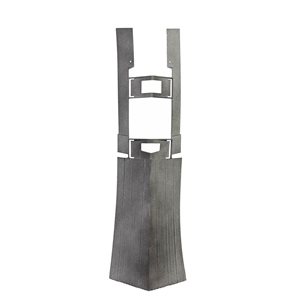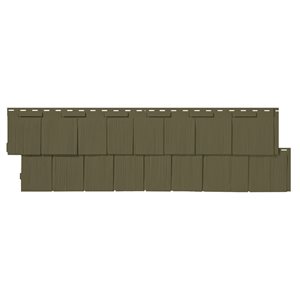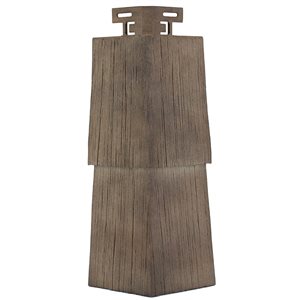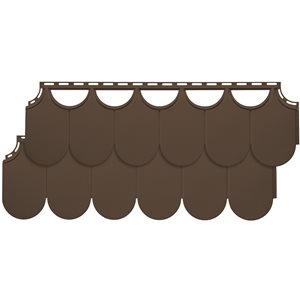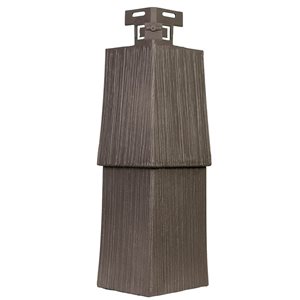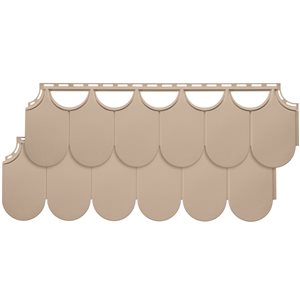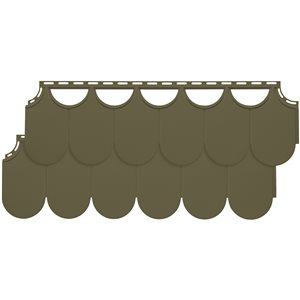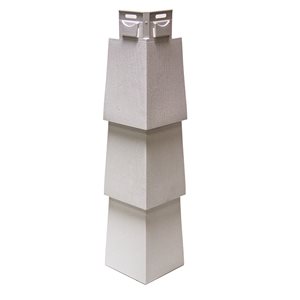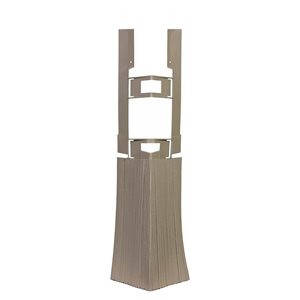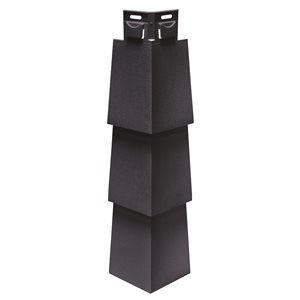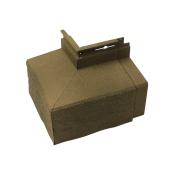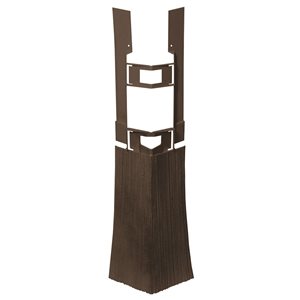Vinyl Siding (157)
There’s a reason that vinyl siding is one of the most popular materials for your home’s exterior. It’s cost-effective and can suit any look you want. Decorative vinyl siding may feature textures and colours to make it look like stone and veneer siding. Another option is faux wood, with or without a simulated grain. With colour that’s mixed into the material, you don’t have to paint your vinyl. Go for an alternative, all-natural look with wood siding.
Vinyl siding is the industry go-to material for cladding most new homes. It’s less expensive than wood and unlike aluminum panelling, exterior vinyl siding is resilient, and doesn’t dent when you apply pressure. This type of siding is relatively easy to install and can often be completed in a weekend.
Made from tough PVC, vinyl resists harsh weather, such as heavy rain or high winds. So a quality siding can last between 20 and 40 years. This means that many homeowners only need to install siding once or twice in a lifetime. In contrast, wood siding typically lasts a maximum of about 20 years.
Unlike wood, vinyl is a non-porous material. This means that water cannot get inside and the siding won‘t rot. It also doesn’t warp or bend after a rainstorm. Exterior vinyl siding resists colour fading after sun exposure and is easy to care for. It usually takes just a gentle cleansing solution, mild scrubbing, and a hose rinse to clean it off. The slick nature of vinyl also keeps algae and moss from sticking to it.
When it comes to aesthetics, this siding is as versatile as you need it to be. Standard options feature smooth panels shaped like standard wood panels. There is also a large selection of finishing pieces available, like mouldings, ledges and corner ledges, and cornerstones, that can put the finishing touches on the job. You can also get decorative vinyl siding that’s textured and coloured to look like old-fashioned cedar shake, stone, or other materials. These panels feature large, moulded sections, and are easier to install than real stone or shingles. Designers understand the need for variety, and they offer this type of siding in a range of colours. Once the siding is installed, there’s no need to repaint it throughout the material’s lifespan.
Vinyl siding is the industry go-to material for cladding most new homes. It’s less expensive than wood and unlike aluminum panelling, exterior vinyl siding is resilient, and doesn’t dent when you apply pressure. This type of siding is relatively easy to install and can often be completed in a weekend.
Made from tough PVC, vinyl resists harsh weather, such as heavy rain or high winds. So a quality siding can last between 20 and 40 years. This means that many homeowners only need to install siding once or twice in a lifetime. In contrast, wood siding typically lasts a maximum of about 20 years.
Unlike wood, vinyl is a non-porous material. This means that water cannot get inside and the siding won‘t rot. It also doesn’t warp or bend after a rainstorm. Exterior vinyl siding resists colour fading after sun exposure and is easy to care for. It usually takes just a gentle cleansing solution, mild scrubbing, and a hose rinse to clean it off. The slick nature of vinyl also keeps algae and moss from sticking to it.
When it comes to aesthetics, this siding is as versatile as you need it to be. Standard options feature smooth panels shaped like standard wood panels. There is also a large selection of finishing pieces available, like mouldings, ledges and corner ledges, and cornerstones, that can put the finishing touches on the job. You can also get decorative vinyl siding that’s textured and coloured to look like old-fashioned cedar shake, stone, or other materials. These panels feature large, moulded sections, and are easier to install than real stone or shingles. Designers understand the need for variety, and they offer this type of siding in a range of colours. Once the siding is installed, there’s no need to repaint it throughout the material’s lifespan.









